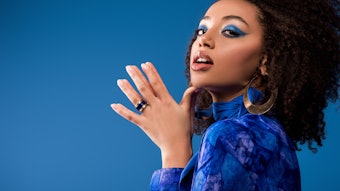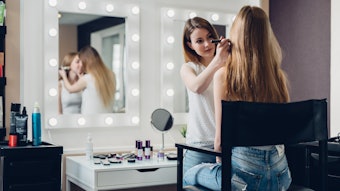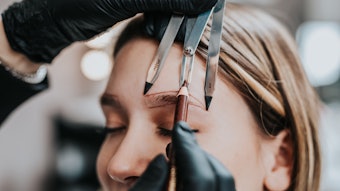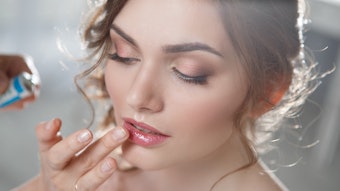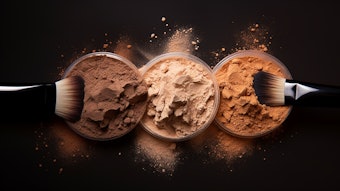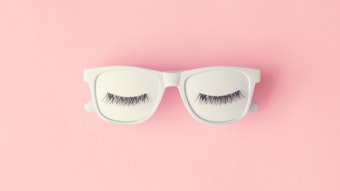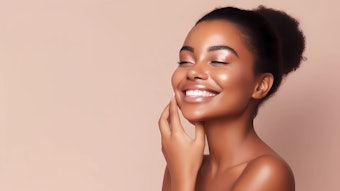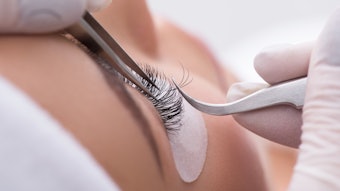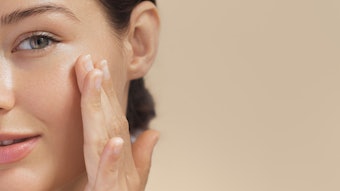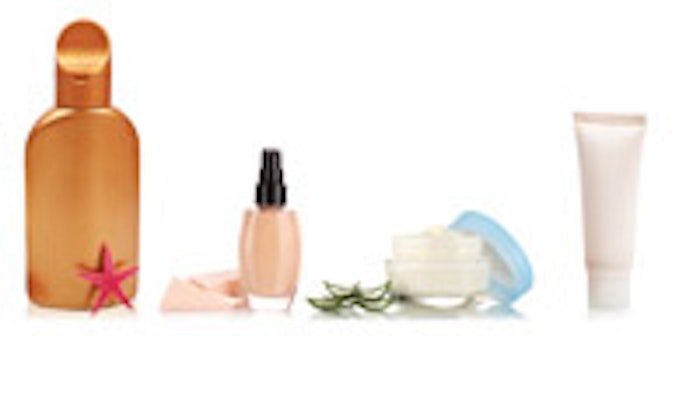
They brighten skin like a lightener, even tone like a lightweight foundation, treat blemishes like a spot treatment, hydrate like a moisturizer and protect against UV like a sunscreen. BB creams—short for blemish base, beblesh balm (in Korea) or now known most commonly as beauty balm—are the hottest rage to hit beauty in years. Generating approximately $9 million in U.S. department stores and Sephora for the past year, according to the Wall Street Journal, this trend has been building momentum in the United States and shows no signs of letting up any time soon.
Multitasking appeal
The concept originated in Germany in the 1960s when dermatologist Christine Schrammek, founder of Dr. med Christine Schrammek Kosmetik GmbH, sought a post-procedure product that would protect and soothe her patients’ skin following laser procedures, peels and surgery. In the 1980s, the idea spread to Japan and South Korea, where young television soap stars revealed the secret to their coveted camera-ready porcelain white complexions, making BB creams first a national—and now a global—commodity.
Coined by one U.K. journalist as the “Swiss army knife of the beauty industry,” BB creams continue to be popular due to their all-in-one, multitasking appeal. BB creams are available in any number of combinations, from 3-in-1 moisturizer, sunscreen and foundation to 10-in-1 creams with anti-aging and skin-perfecting agents included.
In the Western world, SPF and all-in-one anti-aging combination formulas are fueling the demand, while skin-brightening products are most desired in Asia, where lighter skin is commonly associated with beauty and success. The Huffington Post reported that BB creams account for 13% of the cosmetic market in South Korea, where the cosmetic industry grew approximately 6% in 2009, largely as a result of BB creams, according to www.channelnewsasia.com.
The lightweight, mineral-based coverage BB creams offer is preferable to heavier foundations for many clients. The key to choosing the correct shade for a client is to find a good blend in which the sunscreen minerals don’t overpower the tint. This is instantly evident if the product is ashy on the client’s skin. Titanium dioxide and zinc are the sunscreens that usually have this effect. If clients are concerned about the whitening of the sunscreen on their skin tone, avoid a BB cream with a high concentration of these ingredients. It’s also important to find a formula that strikes the right balance between benefits, coverage and moisture. Test it out yourself and allow clients to sample the product before they buy it from your retail area.
Perfecting the all-in-one formula
But do they work?
Like other products, the answer lies in the ingredients. As with any formulation, the active ingredients and their concentration determine a BB cream’s efficacy. Depending on the formulation, the efficacy of anti-aging actives could be less than one that concentrates on a particular concern, such as brightening, or treating fine lines and wrinkles. Clients who are more interested in treating a single condition might not be satisfied by using a multifunctional BB cream.
However, BB creams provide an option for those who don’t have the time or the desire to apply multiple products in the morning. For women on the go, the all-in-one formula provides most of the benefits they need to get out the door, offering an anti-aging boost without much effort. By swapping a regular foundation with one that also has sunscreen and anti-aging benefits on a daily basis, mature clients who might not otherwise use these products should notice a difference.
In most cases, the benefits—whether they be lightening or firming—are gradual. It’s important that your clients understand that the coverage, as well as the benefits, are best layered and acquired throughout time.
Some BB creams treat blemishes or address specific aging issues with the addition of peptides, anti-inflammatory agents and moisturizers. A few brands have added light-reflecting particles and pearl pigments for shimmer to give skin a glow, while others are sticking to whitening agents; stable, oil-free forms of vitamin C; or synthetic molecules that also protect against UV rays while evening pigmentation. Vitamins A, C and E, Co Q10 and grape seed extract can be included to protect; collagen-boosting peptides to firm; seaweed (em>Laminaria saccharina extract) and tea tree oil to reduce sebum production; and plant sterols and licorice to soothe and lighten. (For a more complete listing, see BB Cream Active Ingredients.)
Look for a noncomedogenic product and read the label. Research the ingredients listed first to find out what they do to determine whether the product will provide the desired results.
Please note, however, that women should only use BB creams in lieu of sunscreen if the BB cream includes broad-spectrum coverage of at least SPF 15,the level determined by the U.S. Food and Drug Administration (FDA) for a viable sunscreen.
Making the right choice
Men are also getting in on the action. About two years ago, the Korea Times reported a new trend among males purchasing personal grooming items beyond the typical aftershave, with eye and night creams, and BB creams now on their radar. As with their female counterparts, men like the “bare-faced” coverage these creams afford.
With so many anti-aging creams, serums, primers and moisturizers on the market, many busy clients are seeking to simplify their beauty routines and welcome the all-in-one application BB creams offer.
Sam Dhatt is an award-winning cosmeceutical chemist who serves as the CEO and president of DermaQuest Skin Therapy and Allure Labs, a product formulation company, both of Hayward, CA. During his more than 20-year career, he has developed and manufactured skin care products for more than 700 companies. Dhatt is a frequent expert author of articles featured in many trade journals and skin care publications.
